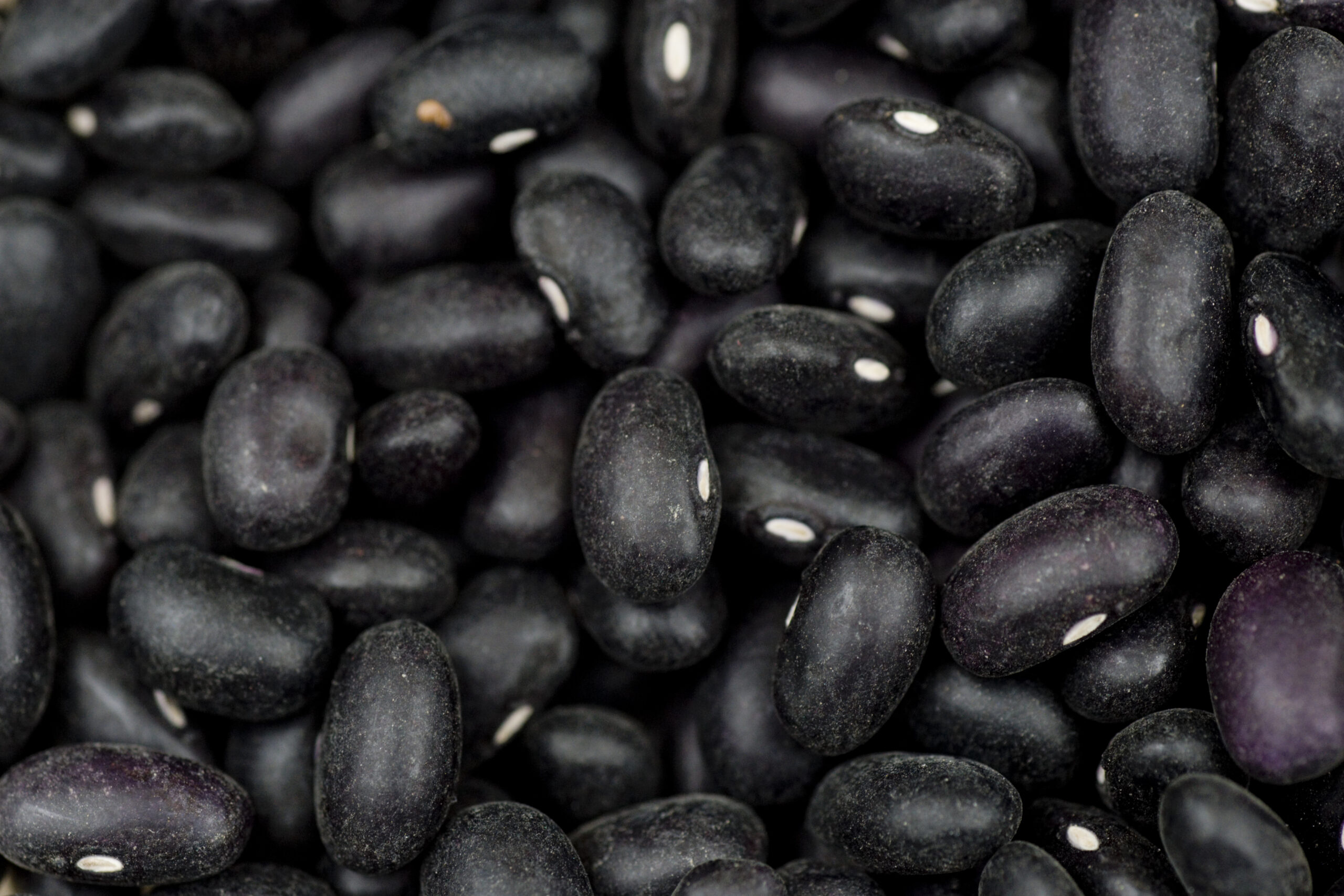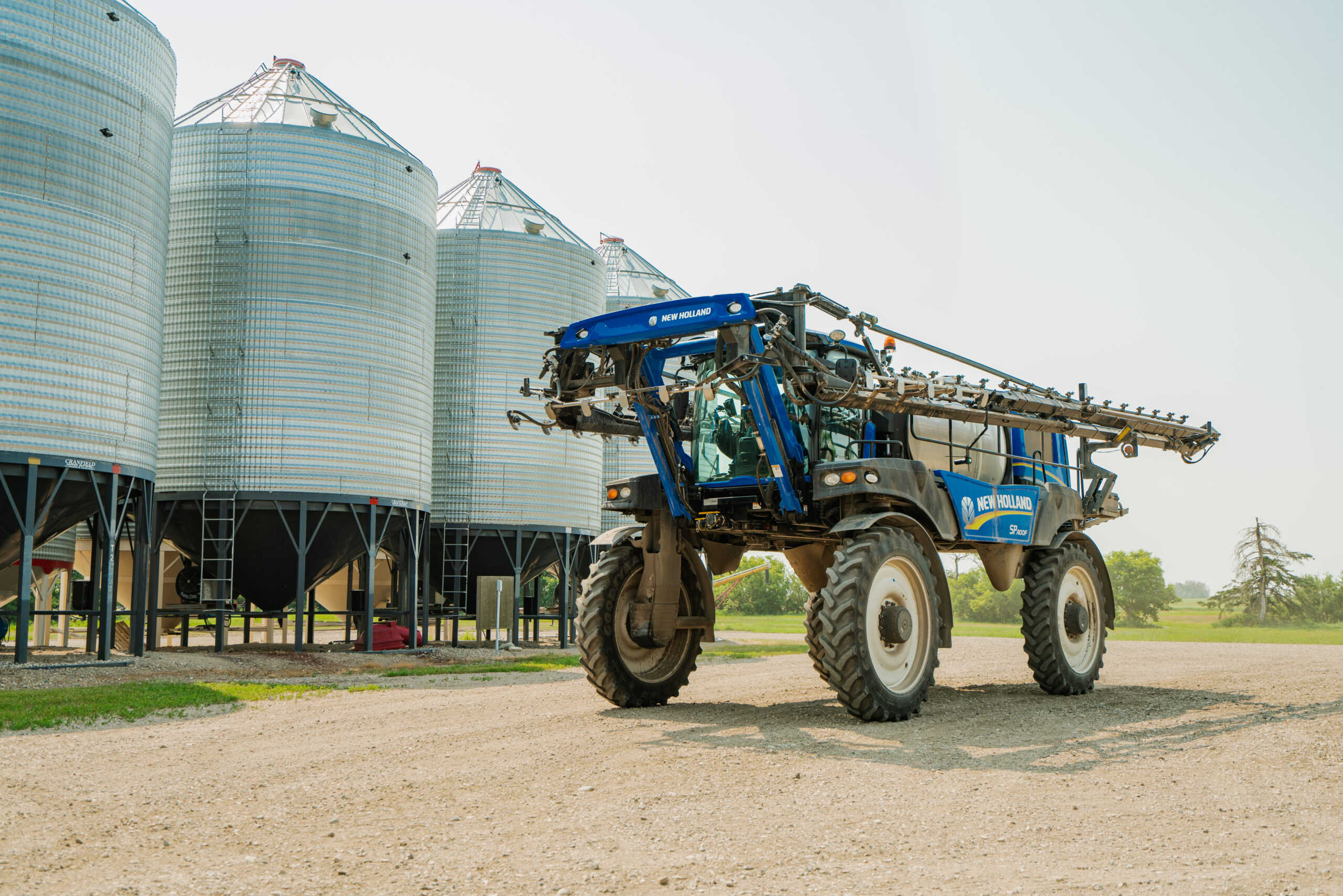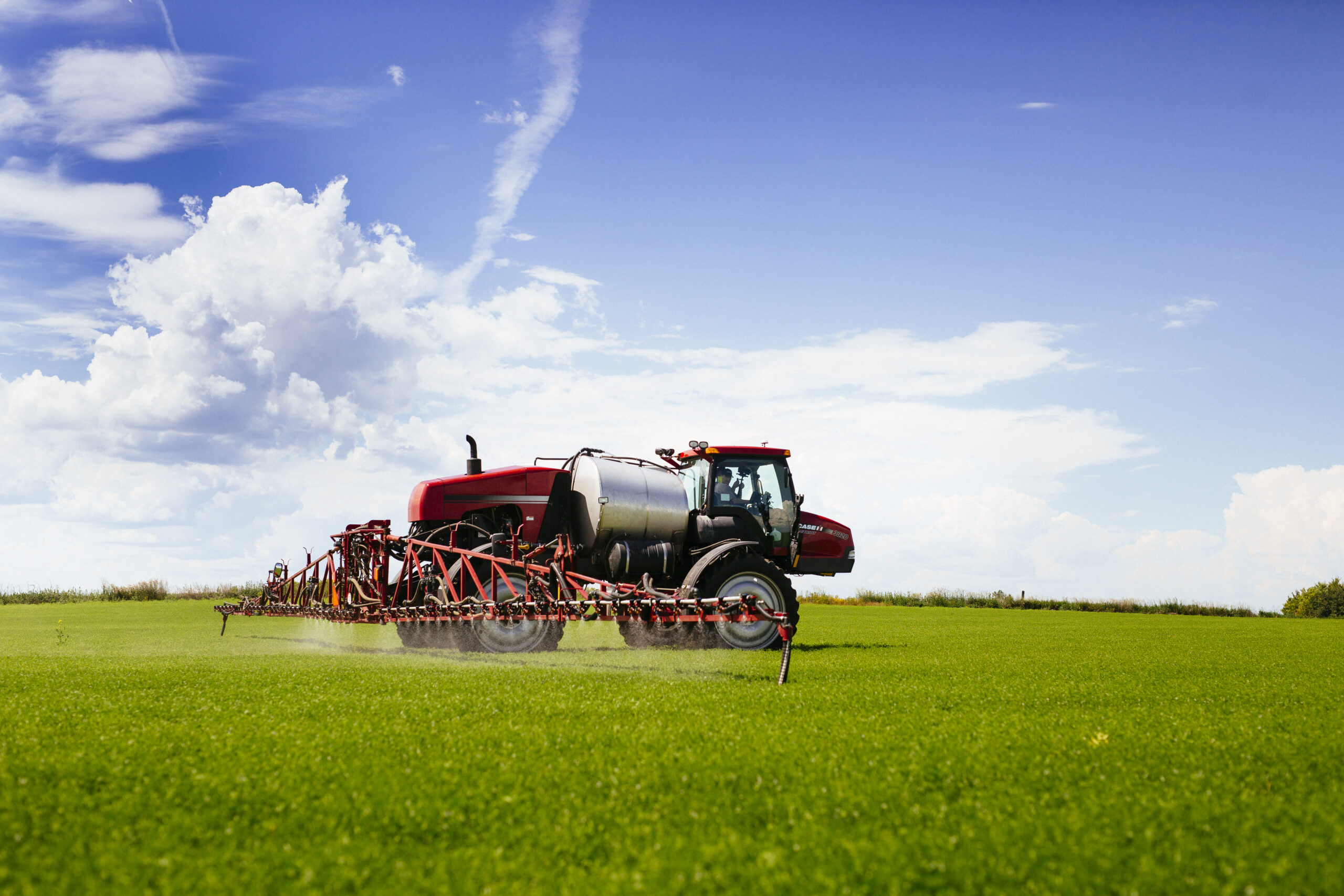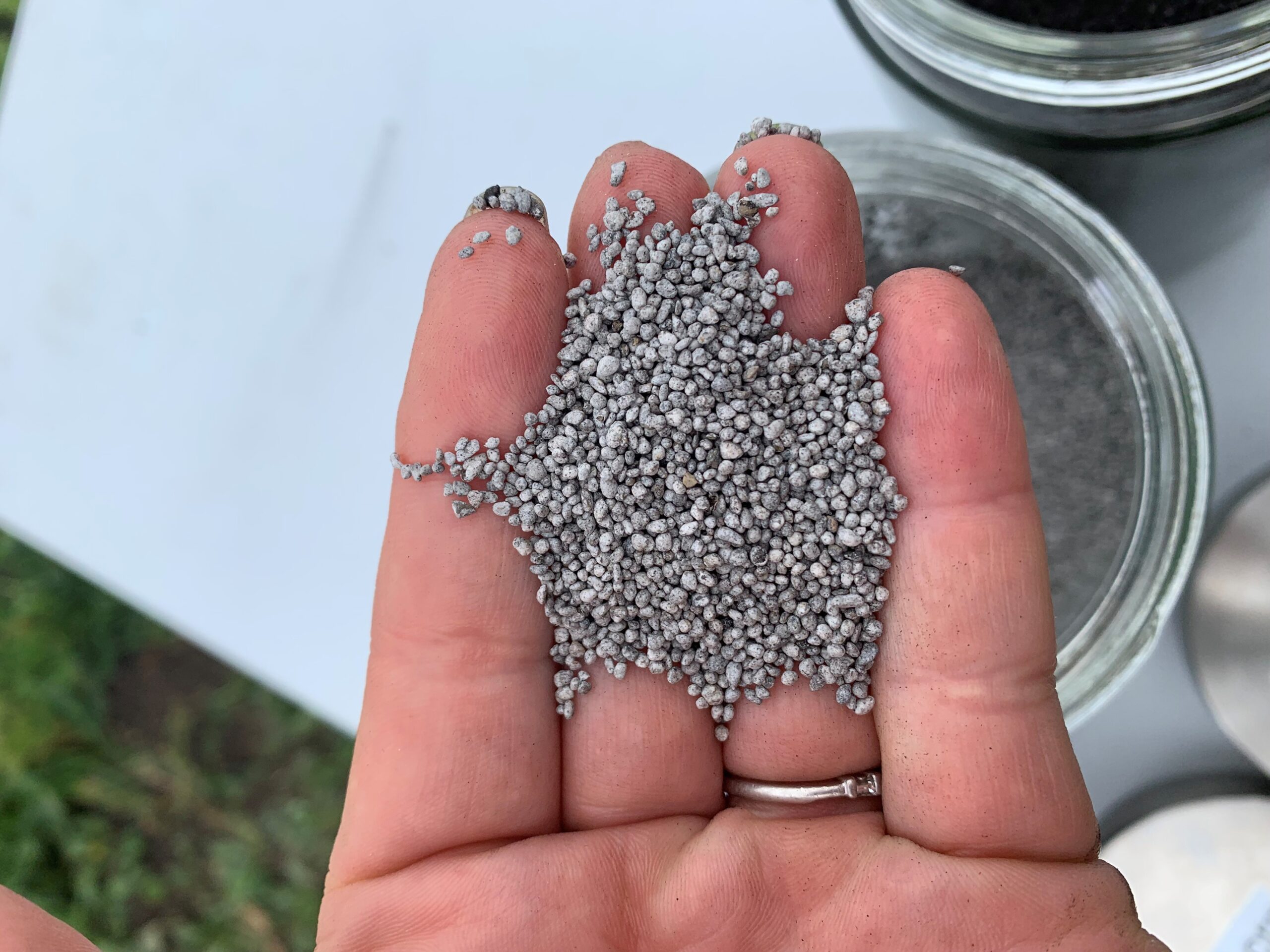Disease Reference – Action Thresholds and Registered Seed Treatment Options
| Pathogen (Disease) | Threshold on Seed | Action if Over Threshold | Seed Treatment Options | ||||||||||||||||
| Agrox® FL (Norac Concepts) | Allegiance® FL (Bayer) | Apron® Advance (Syngenta Canada) | Apron® Maxx Peas (Syngenta Canada) | Belmont™ 2.7 FS (UPL AgroSolutions Canada) | Heads Up® Plant Protectant (HeadsUp) | Insure Pulse® (BASF Canada) | INTEGO™ Solo Fungicide | Rancona Trio (UPL AgroSolutions Canada)3 | Telex Fungicide (Sharda CropChem) | Trilex® EverGol® (Bayer) | Trilex® EverGol® SHIELD2 (Bayer) | Vibrance® Maxx RFC (Syngenta Canada) | Vibrance® Maxx with INTEGO™ (Syngenta Canada) | Vibrance® Total (Syngenta Canada) | Vitaflo® Brands (various) | Zeltera® Pulse (Valent Canada/NuFarm Agriculture) | |||
| Aphanomyces euteiches | Not applicable Soil-borne disease only | Use seed treatment if: History of disease, provides early season protection only | X1 | X1 | X1 | ||||||||||||||
| Ascochyta fabae (Ascochyta Blight) | Greater than 10% | Use seed treatment | X | X1 | X1 | X1 | |||||||||||||
| Botrytis spp. (seed-borne only) | 10% on seed (total of Botrytis, Fusarium, and Sclerotinia); Soil-borne as well | Use seed treatment | X1 | X | X | X | X1 | ||||||||||||
| Colletotrichum spp. (Anthracnose) | Rarely found on seed; Primarily soil-borne disease | Use seed treatment if: History of disease, expecting humid/moist conditions | X | X | X1 | X | X | X | X | X1 | |||||||||
| Fusarium spp. | 10% on seed (total of Botrytis, Fusarium, and Sclerotinia); Soil-borne as well | Use seed treatment | X | X | X | X | X | X | X | X | X | X | |||||||
| Pythium spp. | Not applicable Soil-borne disease only | Use seed treatment if: History of disease, seeding into saturated soil | X | X | X | X | X | X | X | X | X | X | X | X | X | ||||
| Rhizoctonia spp. | Unknown; Primarily soil-borne disease | Use seed treatment if: History of disease, seeding under cool-moist conditions | X | X | X1 | X | X | X | X | X | X | X | X | X | |||||
| Sclerotinia sclerotiorum (seed-borne only) | 10% on seed (total of Botrytis, Fusarium, and Sclerotinia); Soil-borne as well | Use seed treatment | X1 | X | X | X | X1 | ||||||||||||
| General seed rot, root rot, damping-off, and seedling blight | Not applicable | Use seed treatment if: History of disease, seeding under cool-moist conditions | X | X | |||||||||||||||
1 Product registered for suppression only
2 Product contains an insecticide component
3 Tank-mixing Rancona Trio with Belmont™ 2.7 FS offers control of pythium in dry bean as per Rancona Trio product label
Insect Reference – Recommendations and Registered Seed Treatment Options
| Insect | Recommendation | Seed Treatment | |||
| Cruiser® 5FS (Syngenta Canada) | Lumivia™ CPL (Corteva Agriscience) | Stress Shield® 600 (Bayer) | Trilex® EverGol® SHIELD4 (Bayer) | ||
| Armyworm and Cutworm | Use seed treatment if: History of insect pressure on the field or in the nearby area | X | |||
| Seed Corn Maggot | Use seed treatment if: History of insect pressure on the field or in the nearby area | X | |||
| Pea Leaf Weevil | Use seed treatment if: History of insect pressure on the field or in the nearby area | X | |||
| Wireworm | Use seed treatment if: History of insect pressure on the field or in the nearby area | X | X | X | |
4 Product contains fungicide components
Action thresholds have not been identified for dry bean disease and insect risks, so the recommendations provided are based on thresholds from similar crops, or rules of thumb.
Understanding seed quality and using seed treatments on pulse seed when risk of disease or insect damage is present, is critical to maximizing yield.
Fungicide seed treatments protect the seed and seedlings from soil-borne diseases, as well as those diseases found on the surface of the seed or carried inside of the seed. Seed treatments will not act as a cure for seed that has high disease levels or is poor quality.
In order for a seed treatment to provide effective protection, it is important to ensure that adequate coverage of the seed is achieved and appropriate rates are used for the target pest(s).
Seed treatments will breakdown as the plant begins to develop and as a result, their limit of protection to the seed will only last for the early part of the plant’s growth.
When using a seed treatment in combination with an inoculant, it is important to check with the inoculant manufacturer to ensure that there is compatibility with the seed treatment, prior to use.
Seed treated with a seed treatment may pose a risk to other organisms or plants in the environment. Dispose of all leftover treated seed properly, and do not leave treated seed on the soil surface.
Version March 2024



